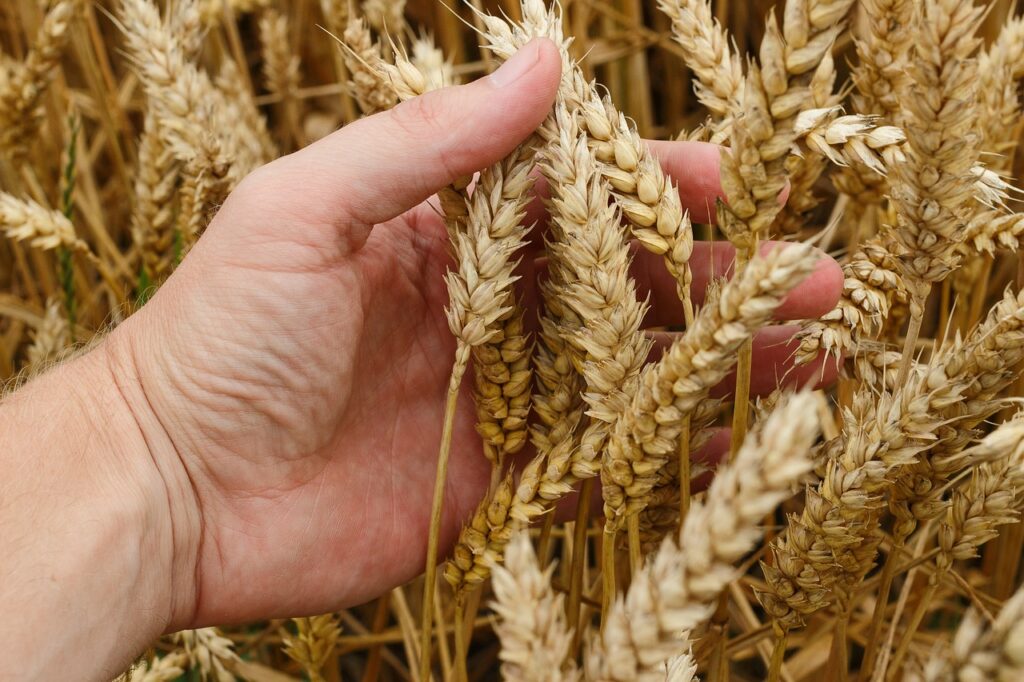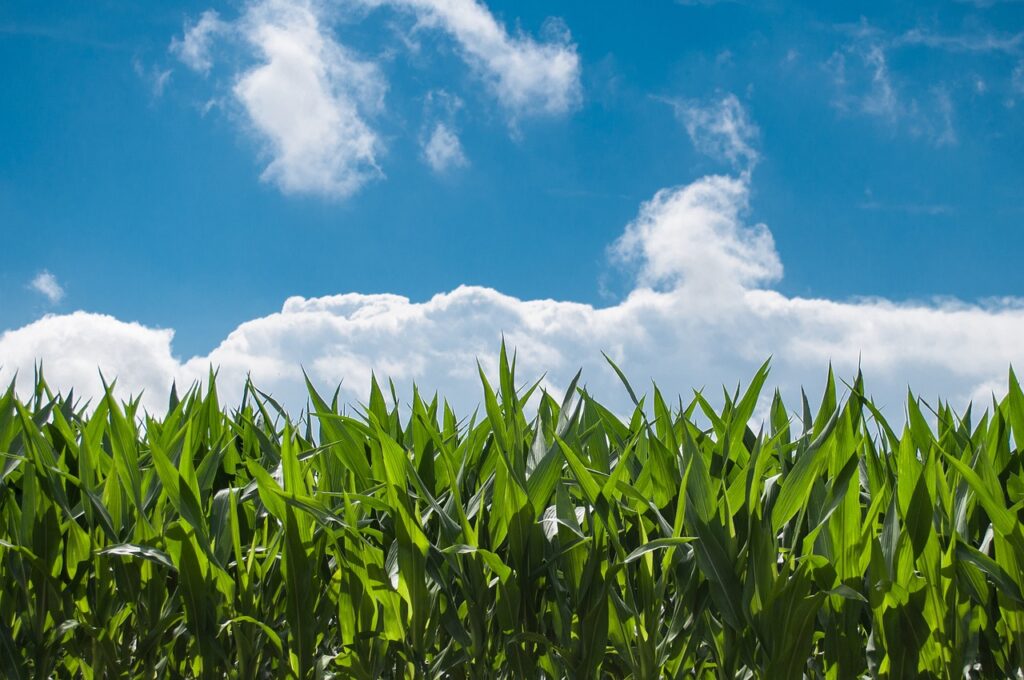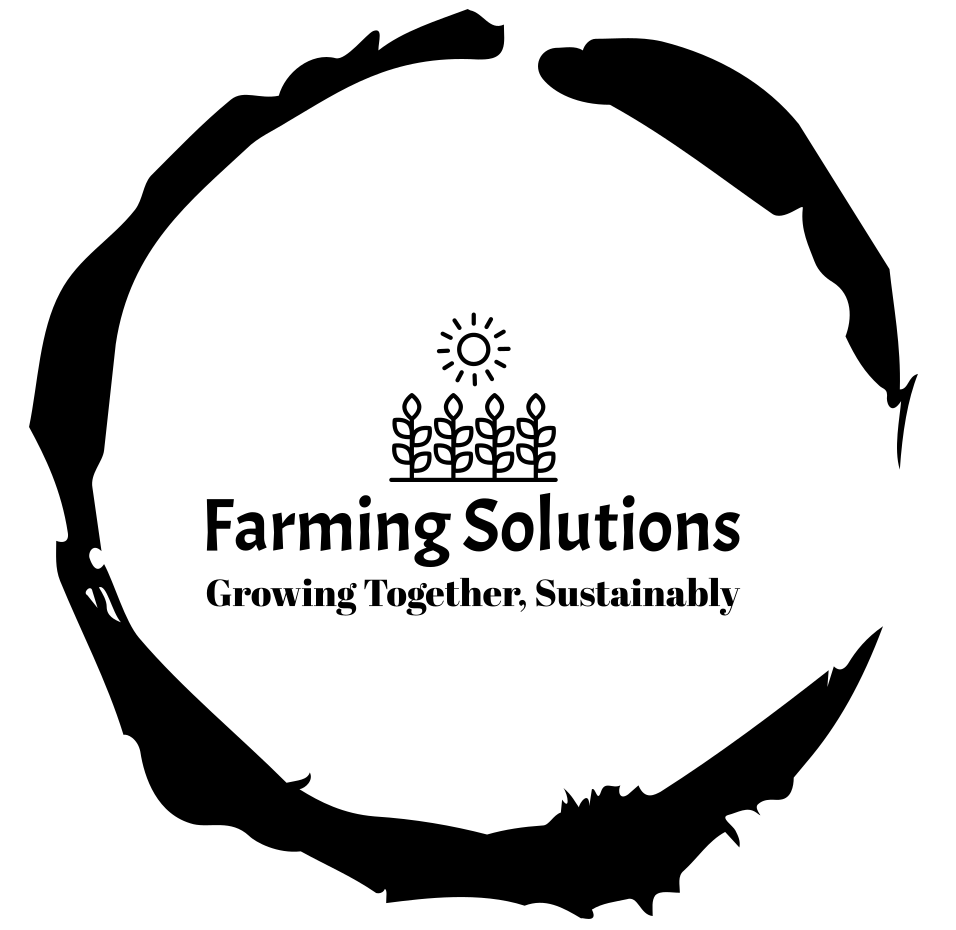
Welcome to corn cultivation guide! Whether you're a seasoned farmer or just starting out, this article will provide essential tips to help you thrive in corn farming practices.
Corn cultivation is a delicate process that requires attention to detail and careful planning. From choosing the right seeds to optimizing soil conditions, there are numerous factors that contribute to a successful harvest.
In this comprehensive guide, we'll delve into the secrets of corn cultivation. We'll explore the importance of soil preparation and the optimal planting techniques to maximize yield. We'll also discuss the significance of proper irrigation, including effective watering schedules and drainage systems.
Additionally, this guide will provide insights into pest and weed management, highlighting eco-friendly solutions that minimize harm to the environment. We'll also touch on the importance of crop rotation and share tips on how to maintain soil fertility for long-term success.

Whether your goal is to improve your current corn farming practices or start a new venture altogether, this guide will equip you with the knowledge and strategies you need to prosper in corn cultivation.
Corn comes in various varieties, each with its own unique qualities and requirements. Understanding the different types of corn will help you make informed decisions when selecting the best variety for your farm.
1. Sweet corn: This variety is the most popular among consumers due to its delicious taste and tender kernels. Sweet corn requires warm soil temperatures and regular irrigation to thrive. It is typically harvested when the kernels are in the milk stage.
2. Field corn: Field corn, also known as dent corn, is primarily used for animal feed, ethanol production, and industrial purposes. This variety has a high starch content and is harvested when the kernels are fully mature and dry.
3. Popcorn: Popcorn is a unique variety of corn known for its ability to pop when heated. It requires specific growing conditions, including warm soil and proper irrigation. Popcorn kernels are harvested when the husks are dry and the kernels are hard.
When choosing a corn variety, consider factors such as climate, market demand, and your farming goals. It's essential to select a variety that is well-suited to your specific growing conditions.
The success of your corn crop largely depends on selecting the right location for cultivation. Here are some key factors to consider when choosing a location:
1. Climate: Corn is a warm-season crop that requires a temperature range of 60 to 95 degrees Fahrenheit for optimal growth. Ensure that your chosen location has a climate that supports corn cultivation.
2. Sunlight: Corn plants require full sun exposure to thrive. Choose a location that receives at least 6 to 8 hours of direct sunlight daily.
3. Soil quality: Corn grows best in well-drained soil with good fertility. Conduct a soil test to assess its nutrient content and pH levels. Aim for a pH range of 6 to 7 for optimal corn growth.
Additionally, consider factors such as accessibility to water sources and proximity to markets when selecting a location for corn cultivation. Proper planning and site selection will set the foundation for a successful corn farm.
Proper soil preparation is crucial for the success of your corn crop. Follow these steps to ensure your soil is ready for planting:
1. Clear the land: Start by removing any existing vegetation, rocks, or debris from the field. This will provide a clean slate for planting corn.
2. Perform a soil test: Conduct a soil test to determine its nutrient content and pH levels. Based on the test results, you can make informed decisions regarding fertilizer application and soil amendments.
3. Add organic matter: Incorporating organic matter, such as compost or well-rotted manure, into the soil will improve its structure and fertility. Apply a layer of organic matter and till it into the top 6 to 8 inches of soil.
Once the soil is prepared, it's time to move on to the next step: planting the corn seeds. Proper soil preparation sets the stage for healthy root development and vigorous corn growth.
Planting corn requires careful consideration of spacing, depth, and timing. Follow these planting techniques to ensure optimal growth and maximum yield:
1. Spacing: Corn plants should be spaced adequately to allow for proper air circulation and nutrient uptake. Aim for a spacing of 8 to 12 inches between plants within a row, and 30 to 36 inches between rows.
2. Seed depth: Plant corn seeds at a depth of 1 to 2 inches in the soil. Planting too shallow can lead to poor root development, while planting too deep may delay emergence.
3. Timing: Corn is a warm-season crop, and its seeds require soil temperatures of at least 50 degrees Fahrenheit for germination. Plant corn when the soil has warmed up and frost is no longer a concern.
By following these planting techniques, you'll provide the ideal growing conditions for your corn plants. Proper spacing, seed depth, and timing are crucial for uniform growth and a bountiful harvest.
To ensure strong and healthy corn plants, proper care and maintenance practices are essential. Here are some key tasks to include in your corn farming routine:
1. Watering: Corn plants require regular and consistent watering, especially during dry periods. Aim to provide 1 to 1.5 inches of water per week, either through rainfall or irrigation. Monitor soil moisture levels and adjust watering accordingly.
2. Fertilization: Corn is a nutrient-demanding crop, and regular fertilization is necessary to sustain its growth. Conduct soil tests throughout the growing season and apply fertilizers based on the crop's nutrient requirements.
3. Weed control: Weeds compete with corn plants for nutrients, water, and sunlight. Implement a weed control strategy, such as mulching or herbicide application, to keep weeds at bay. Be cautious when using herbicides to minimize the impact on the environment.
Regular monitoring, timely interventions, and proper care will ensure that your corn plants remain healthy and productive. By addressing their needs, you'll be well on your way to a successful corn harvest.
Corn is susceptible to various pests and diseases that can significantly impact yield. Here are some common pests and diseases to watch out for and eco-friendly management strategies to mitigate their impact:
1. Corn earworm: This pest feeds on corn ears, causing significant damage. Apply organic insecticides containing Bacillus thuringiensis (Bt) to control corn earworm populations.
2. Gray leaf spot: Gray leaf spot is a fungal disease that affects corn leaves, reducing photosynthesis and overall plant health. Implement crop rotation and choose disease-resistant varieties to manage gray leaf spot.
3. Corn rootworm: These pests feed on corn roots, leading to reduced plant vigor and yield. Rotate crops and use biological control methods, such as beneficial nematodes, to manage corn rootworm populations.
By staying vigilant and implementing eco-friendly pest and disease management strategies, you can minimize damage and protect the health of your corn plants. Early detection and prompt action are key to successful pest and disease control.
Knowing when and how to harvest corn is crucial to maximize yield and quality. Follow these guidelines for optimal harvesting and proper corn storage:
1. Harvest timing: Harvest sweet corn when the kernels are in the milk stage, meaning they are filled with a milky substance. For field corn and popcorn, wait until the husks are dry and the kernels are hard.
2. Harvesting techniques: For small-scale operations, hand-picking is a common method. For larger farms, mechanical harvesters can be used. Ensure that the harvesting equipment is properly adjusted to minimize kernel damage.
3. Corn storage: After harvest, dry the corn to a moisture content of around 13-15% for safe storage. Store the dried corn in a cool, dry place with good ventilation to prevent mold and insect infestation.
Proper timing, harvesting techniques, and storage practices will help preserve the quality and value of your corn crop. Take care to handle the harvested corn with caution to minimize post-harvest losses.

Crop rotation is a vital practice in corn farming that helps maintain soil fertility, control pests and diseases, and prevent nutrient depletion. Here are some best practices for implementing crop rotation in your corn cultivation:
1. Rotate crops: Avoid planting corn in the same field year after year. Instead, rotate corn with other crops such as soybeans, wheat, or cover crops. This helps break pest and disease cycles and improves soil health.
2. Cover cropping: Planting cover crops during fallow periods can help improve soil fertility and structure. Leguminous cover crops, such as clover or peas, fix nitrogen in the soil, benefiting future corn crops.
3. Integrate livestock: Introducing livestock into your corn farming system can provide additional benefits. Livestock manure can serve as a natural fertilizer, improving soil fertility and reducing the need for synthetic inputs.
By implementing crop rotation and sustainable farming practices, you'll create a harmonious ecosystem on your farm, ensuring long-term success and environmental stewardship.
Gain insights into the qualities and requirements of different corn varieties to make informed decisions based on your farm's unique conditions, market demand, and goals.
Learn about the crucial factors, including climate, sunlight, and soil quality, that contribute to a thriving corn farm, ensuring the chosen location supports optimal corn cultivation.
Understand the importance of proper soil preparation, including clearing the land, performing soil tests, and adding organic matter, to create the ideal environment for healthy root development and vigorous corn growth.
Explore spacing, seed depth, and timing considerations to ensure uniform growth, healthy plants, and a bountiful harvest, setting the foundation for successful corn cultivation.
Discover key tasks like watering, fertilization, and weed control to address the needs of your corn plants throughout the growing season, promoting their overall well-being and productivity.
Identify common threats like corn earworm, gray leaf spot, and corn rootworm, and learn eco-friendly strategies to mitigate their impact, emphasizing early detection and prompt action.
Gain insights into when and how to harvest corn, along with proper corn storage techniques, ensuring the preservation of quality and value post-harvest.
Understand the importance of crop rotation in maintaining soil fertility, controlling pests and diseases, and preventing nutrient depletion, and explore best practices for successful implementation.
Explore the benefits of cover cropping and livestock integration in improving soil fertility, structure, and overall sustainability, contributing to a harmonious ecosystem on your farm.
Summarize the essential tips and strategies covered in the guide, empowering farmers, both seasoned and new, to implement successful corn cultivation practices for a thriving farm.
Congratulations! You've reached the end of our ultimate corn cultivation guide. We've covered a wide range of topics, from understanding corn varieties to implementing sustainable farming practices. Now, armed with this knowledge, you're ready to take your corn farming practices to the next level.
Remember, corn cultivation requires attention to detail, proper planning, and a commitment to ongoing care. By following the tips and strategies outlined in this guide, you'll be well on your way to a thriving corn farm.
So, go ahead and put this knowledge into practice. Whether you're a seasoned farmer looking to improve your current practices or a new entrant in the agriculture industry, the secrets of successful corn cultivation are now in your hands. Happy farming!
Note : If you want to know and ask more questions about agriculture, you can contact here

Copyright 2024 Farming Solutions